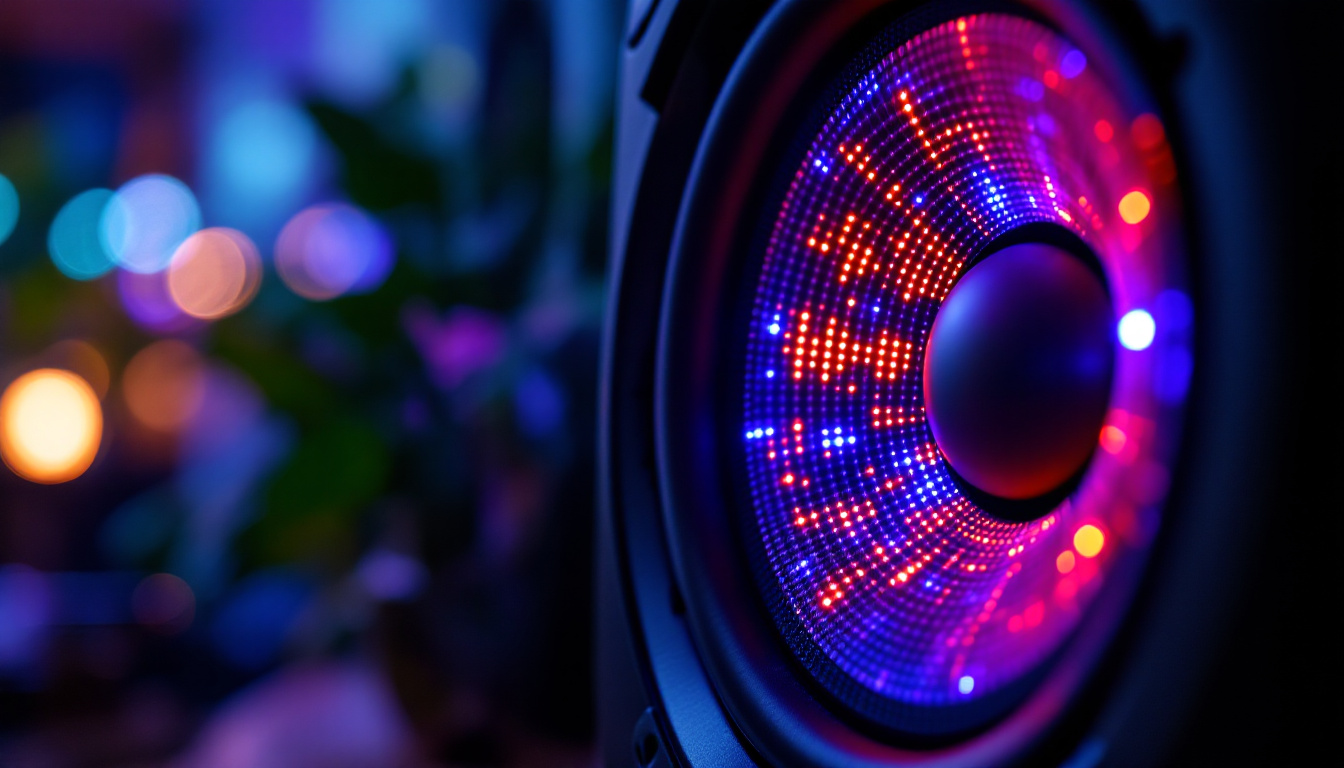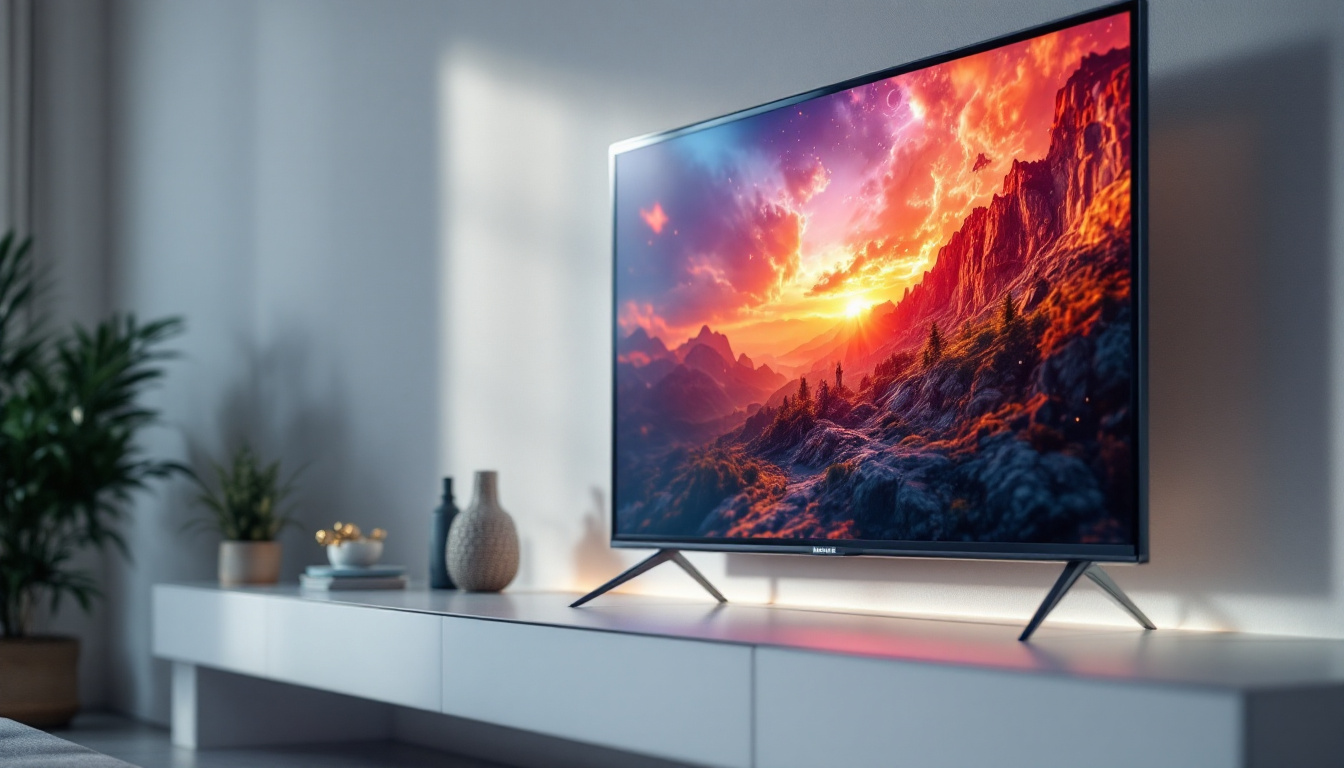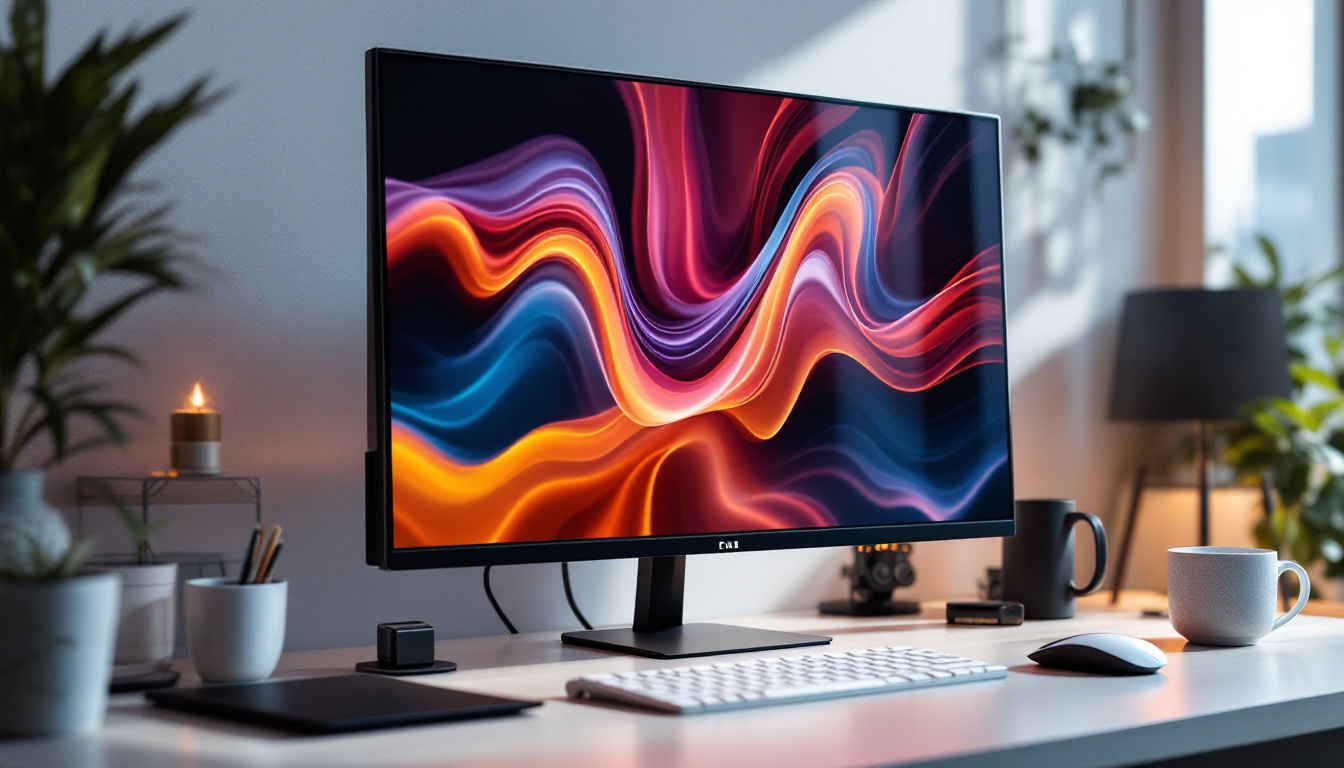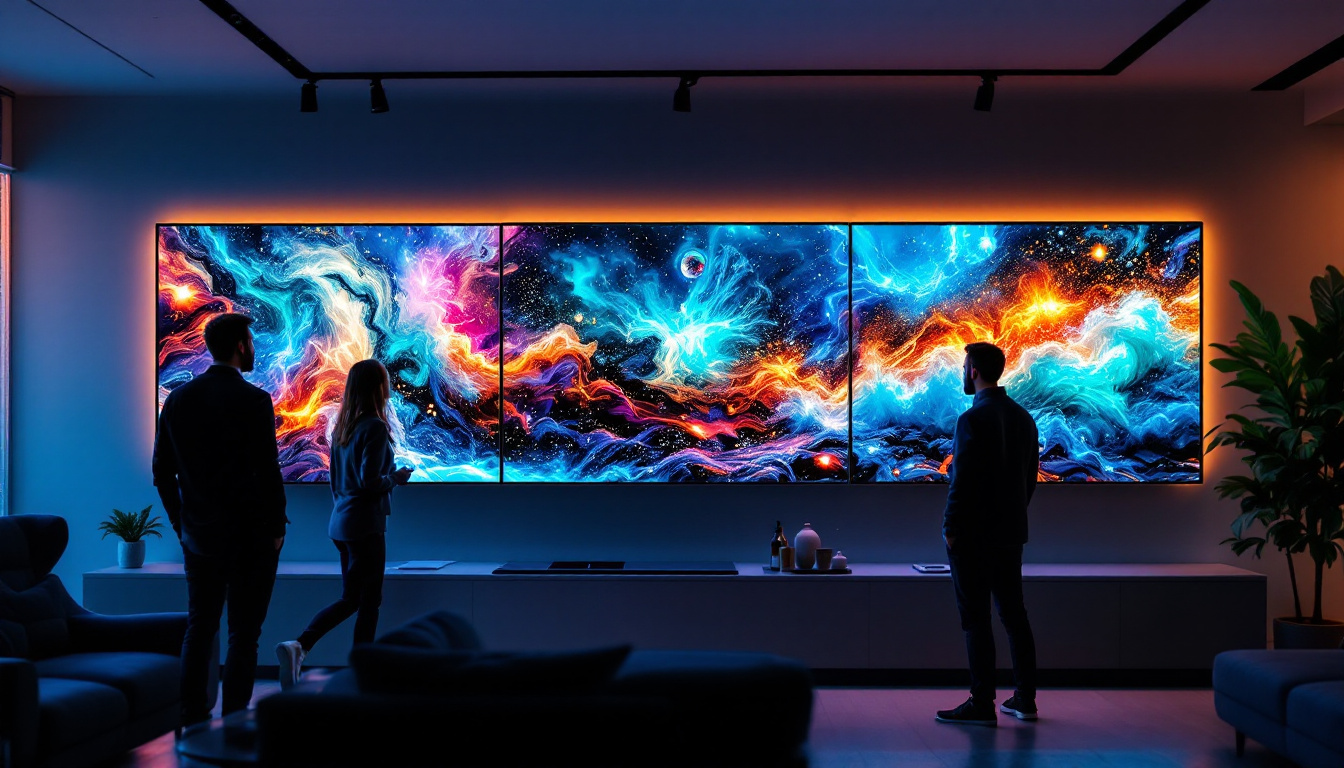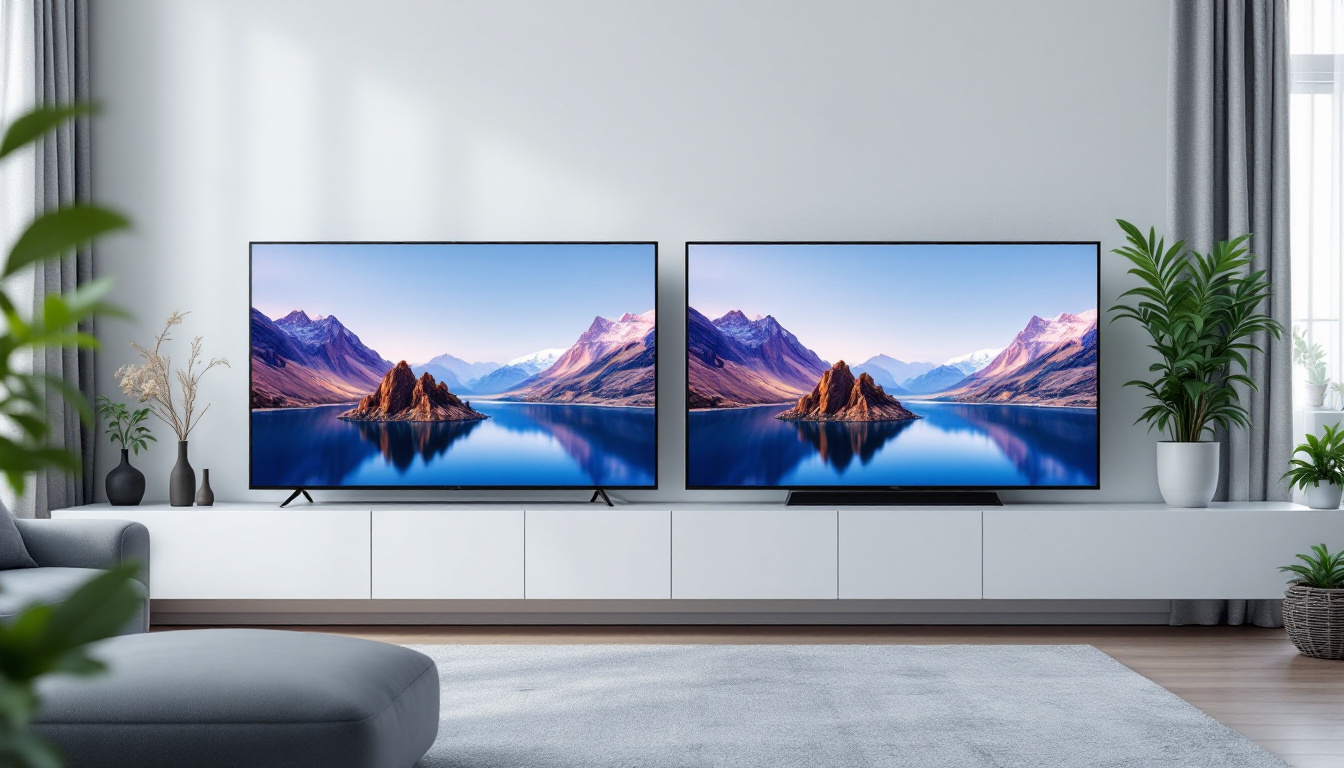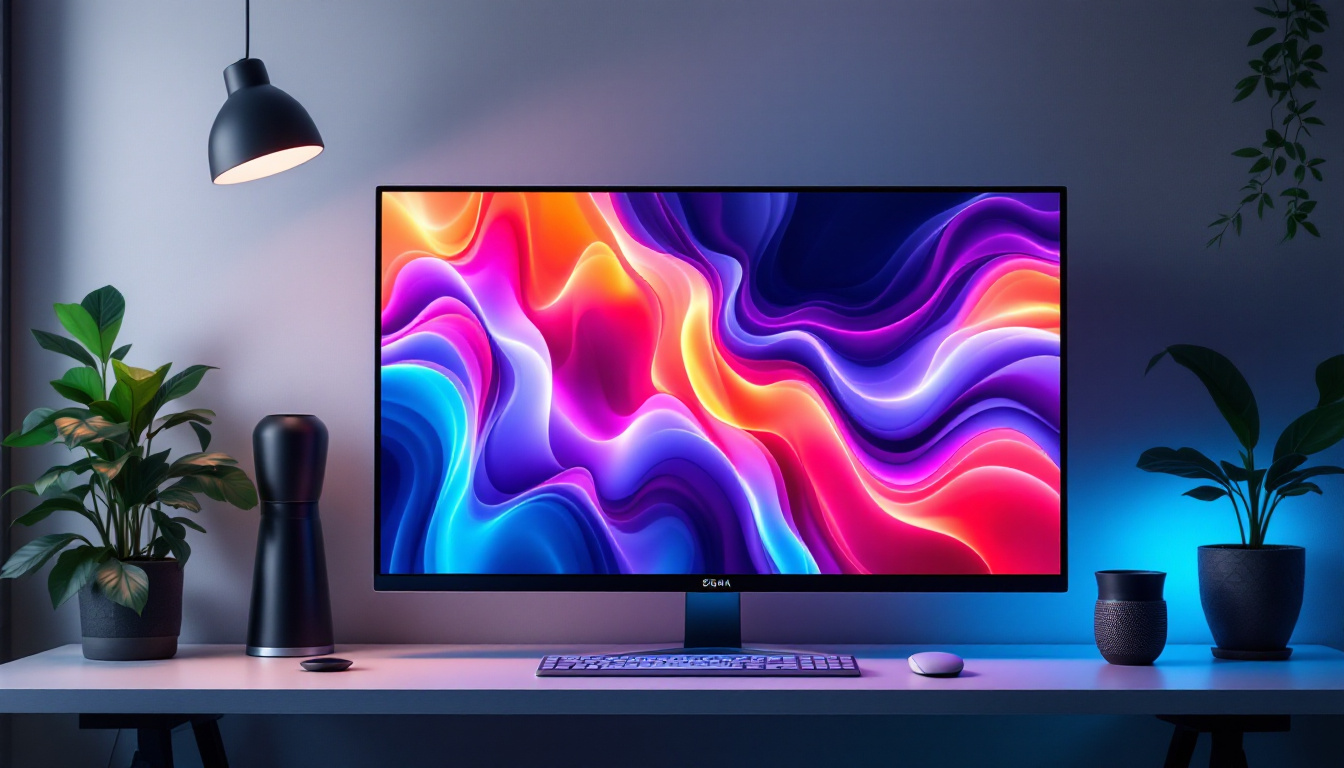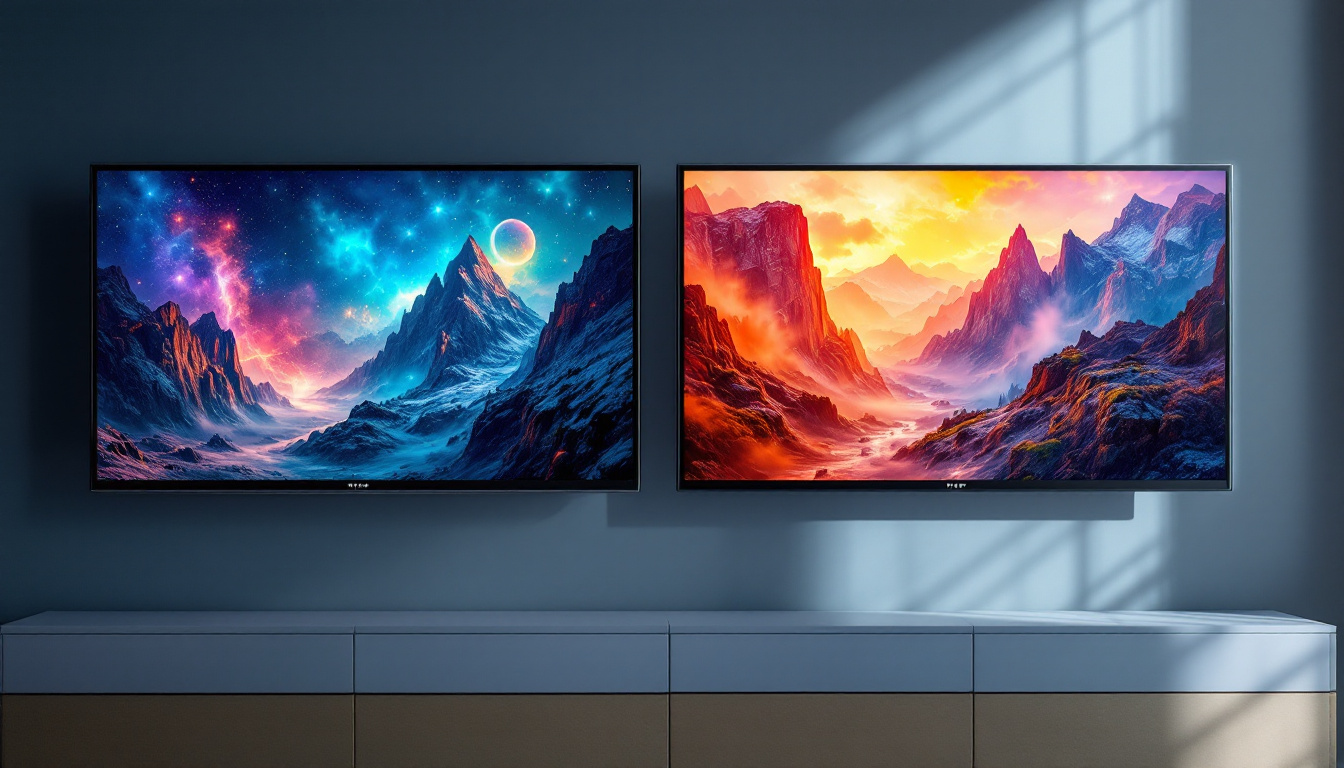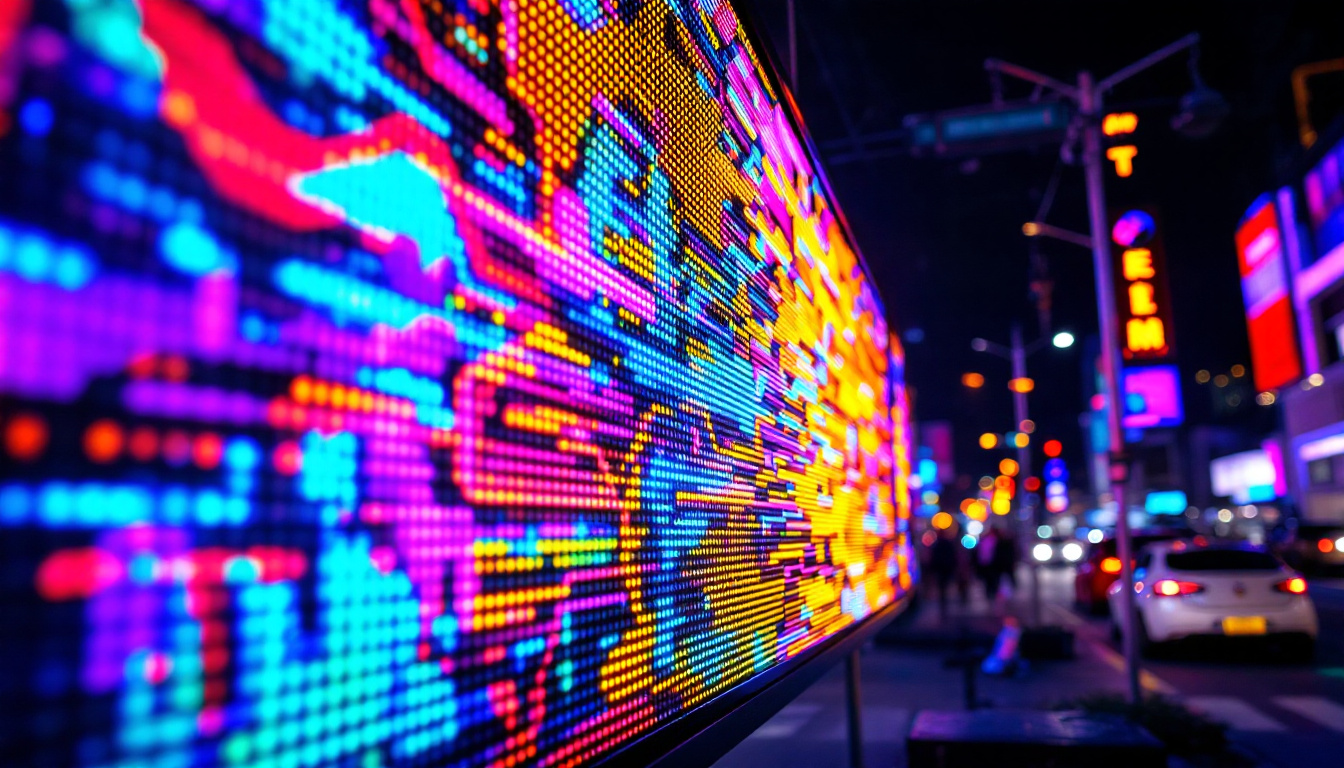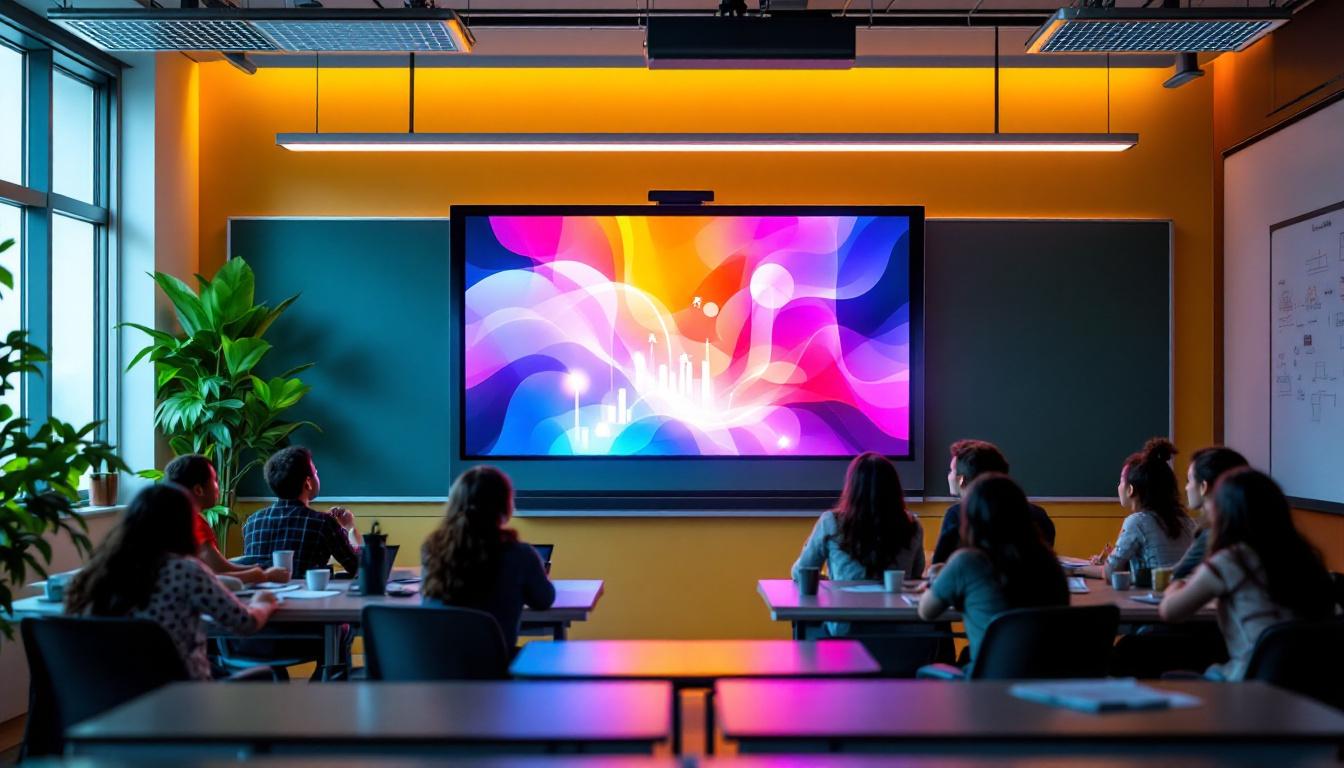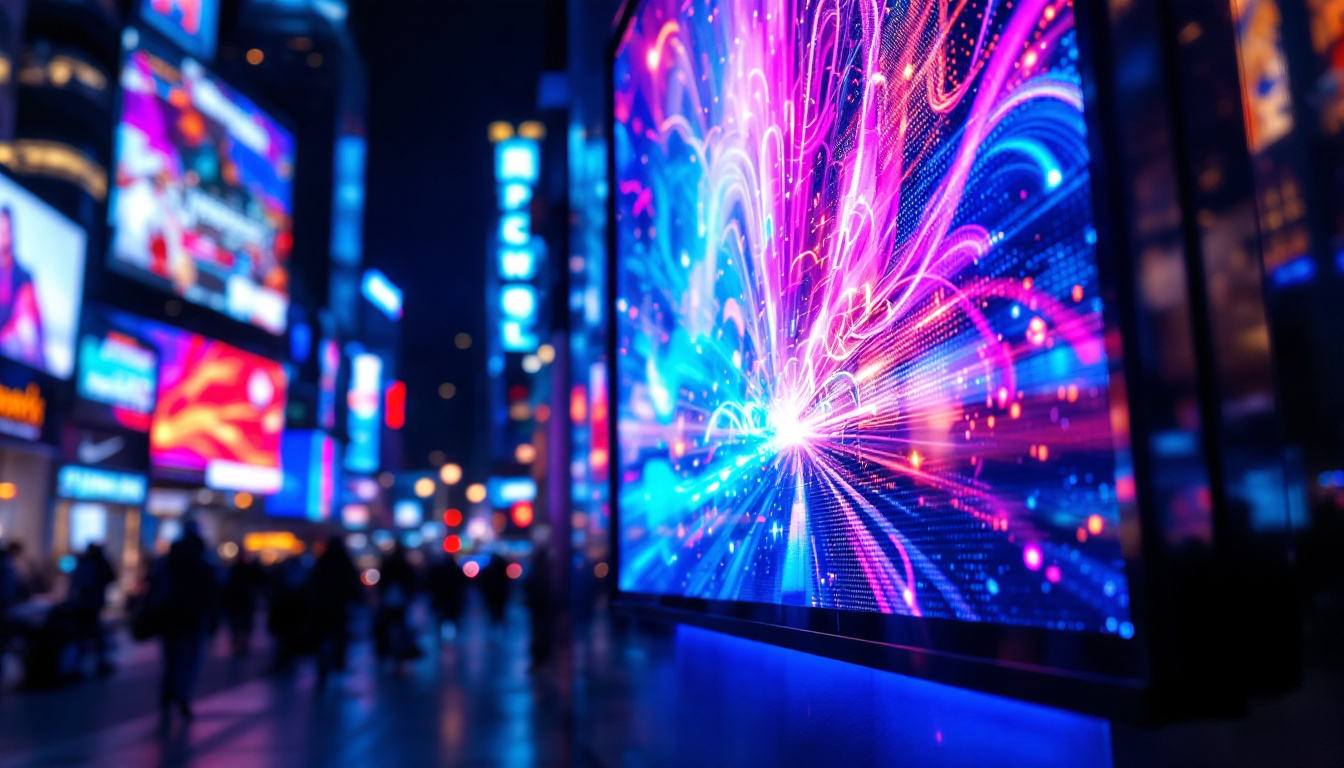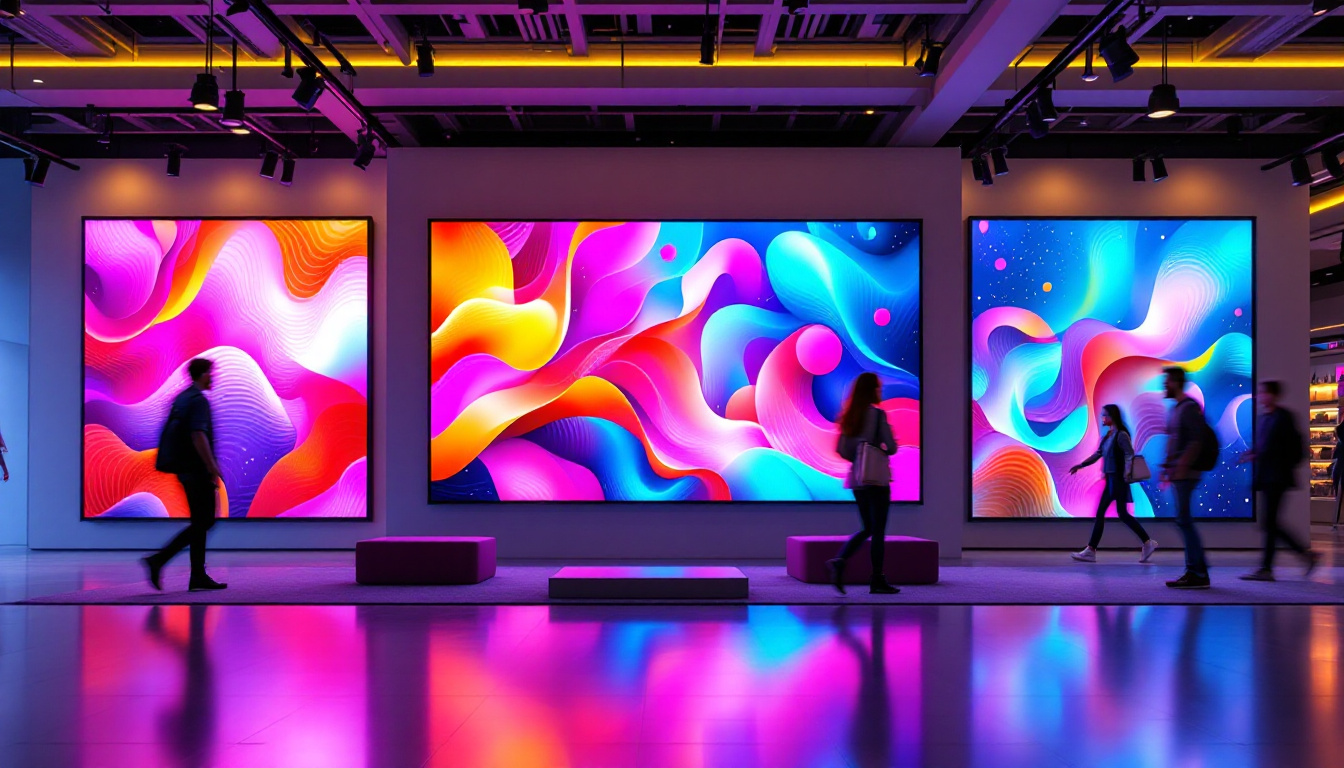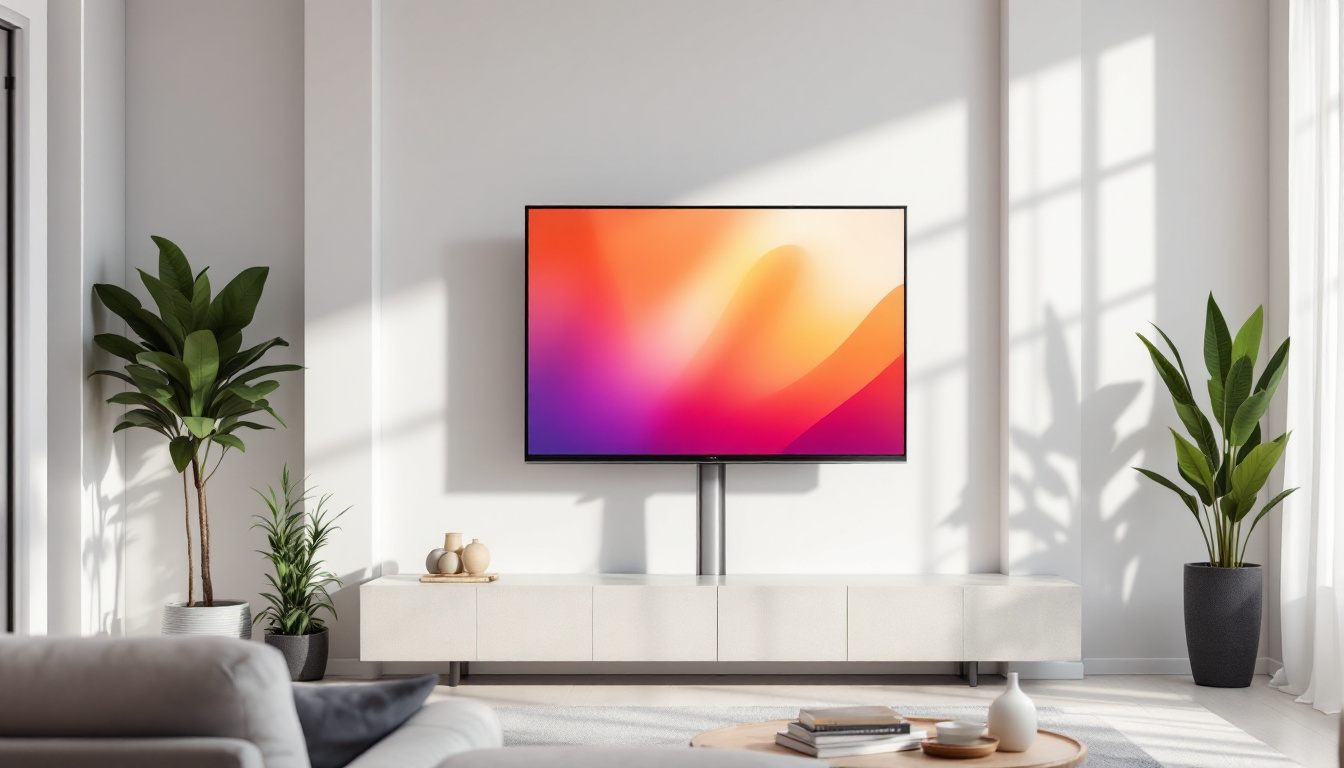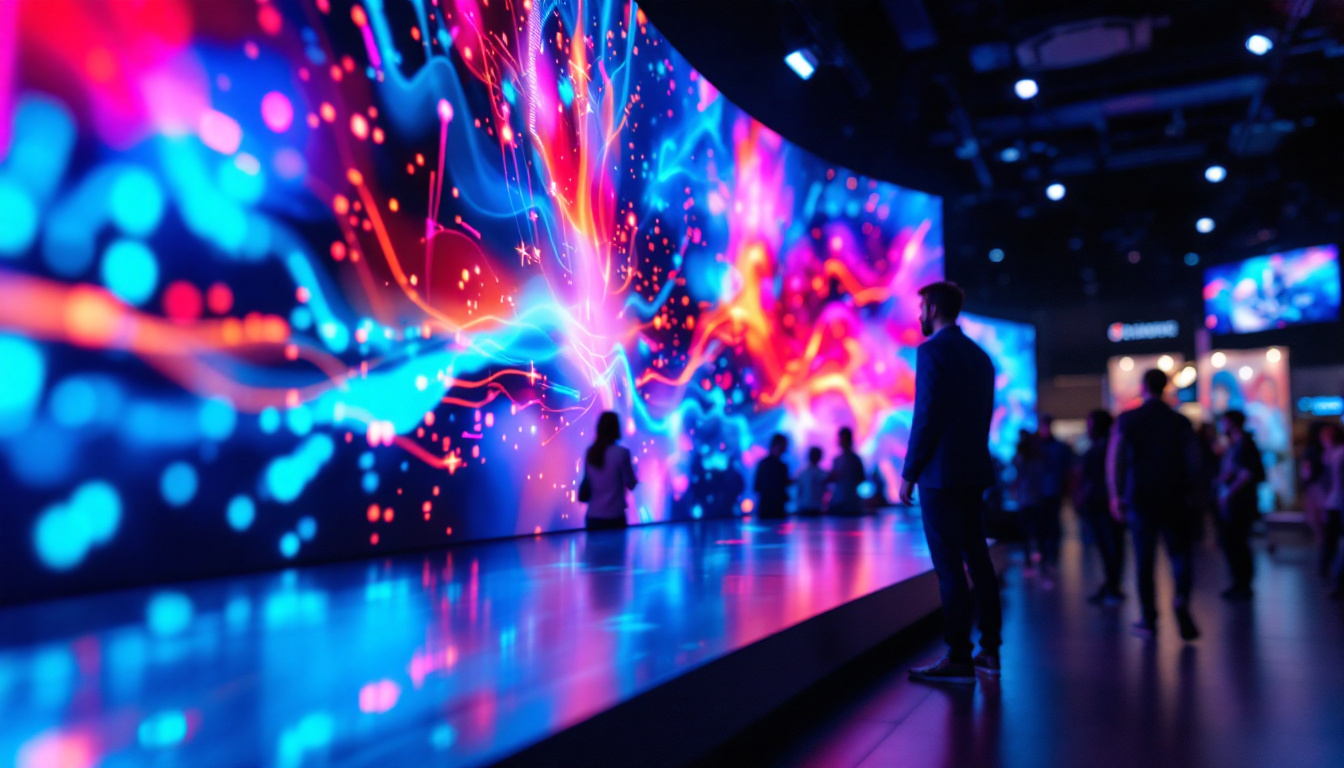Introduction to LED Displays
In the realm of modern audio technology, the presence of clear screens in front of speakers, often referred to as LED displays, has become increasingly common. These displays serve multiple functions, from providing visual feedback to enhancing the overall aesthetic of audio equipment. Understanding the purpose and functionality of these screens can significantly enhance the user experience.
LED displays are not merely decorative; they play a crucial role in the operation of various audio devices, including home theater systems, professional sound equipment, and portable speakers. This article delves into the various aspects of LED displays, their benefits, and their impact on audio technology.
One of the primary advantages of LED displays is their ability to convey real-time information to users. For instance, in a home theater system, the display might show the current volume level, track information, or even the audio format being used. This immediate feedback allows users to make adjustments on the fly, ensuring they get the best possible sound experience. Furthermore, many LED displays are designed with user-friendly interfaces that can simplify navigation through complex menus, making it easier for individuals to access their favorite media without frustration.
Additionally, the energy efficiency of LED technology cannot be overlooked. Compared to traditional LCD screens, LED displays consume significantly less power, which is particularly beneficial for portable audio devices. This efficiency not only extends battery life but also contributes to a more sustainable approach to technology. As consumers become more environmentally conscious, the integration of energy-efficient displays in audio equipment is likely to become a key selling point. With advancements in LED technology, manufacturers are continuously improving the brightness and clarity of these displays, ensuring that they remain functional and visually appealing even in brightly lit environments.
Understanding LED Technology
LED, or Light Emitting Diode, technology has revolutionized the way visual information is presented in electronic devices. Unlike traditional LCD screens, LED displays offer several advantages, including improved brightness, energy efficiency, and a broader color spectrum. This transformation has not only enhanced the user experience in consumer electronics but has also paved the way for innovative applications in various fields, such as automotive lighting, architectural design, and even medical equipment.
At the core of LED technology is the semiconductor material that emits light when an electric current passes through it. This process allows for vibrant colors and sharp images, making LED displays an ideal choice for audio equipment where clarity and visibility are paramount. The versatility of LED technology enables it to be integrated into a wide range of devices, from smartphones to large-scale digital billboards, showcasing its adaptability and effectiveness in conveying information visually.
Advantages of LED Displays
One of the primary benefits of LED displays is their energy efficiency. Compared to older display technologies, LEDs consume significantly less power, which is particularly beneficial for devices that are used frequently or left on for extended periods. This energy-saving capability not only reduces electricity costs but also contributes to a smaller carbon footprint, aligning with the growing demand for environmentally friendly technology solutions.
Additionally, LED displays are known for their durability. They are less susceptible to damage from shocks and vibrations, making them suitable for use in portable speakers and professional audio equipment that may be subject to rough handling. This resilience extends the lifespan of devices, providing users with reliable performance over time and reducing the need for frequent replacements, which can be both costly and wasteful.
Brightness and Color Accuracy
Brightness is another area where LED displays excel. With the ability to produce high levels of luminance, these screens ensure that information is easily readable in various lighting conditions, from dimly lit rooms to bright outdoor environments. This adaptability is particularly advantageous for musicians and audio engineers who often work in diverse settings, as it allows them to monitor audio levels and visual feedback without straining their eyes.
Moreover, LED technology provides excellent color accuracy. This feature is especially important for audio equipment that displays visual representations of sound, such as equalizers or audio waveforms, allowing users to make precise adjustments to their audio settings. The ability to display a wide range of colors also enhances the aesthetic appeal of devices, making them not only functional but visually striking. As a result, manufacturers are increasingly incorporating LED displays into their products, knowing that consumers appreciate both performance and design in their audio equipment.
Functions of LED Displays in Audio Equipment
LED displays serve a multitude of functions in audio equipment, enhancing both usability and functionality. From displaying volume levels to providing visual feedback on audio processing, these screens are integral to the user experience.
Volume and Sound Level Indicators
One of the most common uses of LED displays in speakers is to indicate volume levels. Visual indicators allow users to see at a glance how loud their audio is, making it easier to adjust settings without having to rely solely on auditory feedback.
In professional settings, precise volume control is essential. LED displays can provide detailed information about sound levels, ensuring that audio engineers can maintain the desired balance and clarity during performances or recordings.
Audio Processing Feedback
Many modern audio devices incorporate advanced processing features, such as equalization, compression, and effects. LED displays can visually represent these processes, allowing users to see how their adjustments impact the audio output.
This feedback is invaluable for both casual listeners and professionals, as it enables them to make informed decisions about their audio settings. By providing real-time visual data, LED displays enhance the overall control users have over their sound experience.
Design and Aesthetics
Beyond functionality, LED displays contribute significantly to the design and aesthetics of audio equipment. The sleek, modern look of LED screens can elevate the overall appearance of speakers, making them more appealing to consumers.
Manufacturers often leverage LED technology to create visually stunning products that stand out in a crowded market. The ability to customize colors and animations further enhances the aesthetic appeal, allowing users to personalize their audio equipment to match their style.
Integration with Smart Technology
As audio technology continues to evolve, the integration of smart features has become increasingly prevalent. LED displays play a crucial role in this integration, providing users with essential information about their connected devices.
For instance, speakers with smart capabilities can display notifications, track playback status, and even show song lyrics. This level of interactivity not only enhances the user experience but also makes audio devices more versatile and user-friendly.
Customization and Personalization
Many modern LED displays offer customization options, allowing users to choose how information is presented. From color schemes to display layouts, these options enable individuals to tailor their audio equipment to their preferences.
This personalization extends beyond aesthetics; it can also enhance functionality. For example, users may prefer specific visual indicators for volume levels or audio modes, making it easier to navigate their devices during use.
Challenges and Considerations
While LED displays offer numerous advantages, there are also challenges and considerations that manufacturers and users must keep in mind. Understanding these factors can help inform decisions when choosing audio equipment.
Cost Implications
One of the primary challenges associated with LED displays is the cost. While prices have decreased over the years, high-quality LED screens can still add to the overall price of audio equipment. Consumers must weigh the benefits of having an LED display against their budget and needs.
For professional audio equipment, investing in high-quality displays may be justified due to the enhanced functionality and durability they provide. However, casual users may find that simpler models without LED displays meet their needs just as effectively.
Maintenance and Longevity
Another consideration is the maintenance and longevity of LED displays. While they are generally more durable than traditional screens, they can still be susceptible to issues such as pixel burnout or damage from environmental factors.
Regular maintenance and care can help extend the lifespan of LED displays. Users should be mindful of how they handle their equipment and ensure that it is kept in appropriate conditions to minimize wear and tear.
The Future of LED Displays in Audio Technology
The future of LED displays in audio technology appears promising, with ongoing advancements in display technology and integration with smart features. As audio devices continue to evolve, so too will the role of LED displays.
Emerging technologies, such as flexible LED screens and improved energy efficiency, may pave the way for even more innovative applications in audio equipment. Manufacturers are likely to continue exploring new ways to enhance the user experience through visual feedback and interactivity.
Potential Innovations
Future innovations may include interactive displays that respond to user gestures or voice commands, providing an even more seamless experience. Additionally, the integration of augmented reality (AR) could allow users to visualize audio settings in entirely new ways, enhancing their control over sound.
As technology progresses, the potential for LED displays to enhance audio equipment will only grow, making them an integral part of the listening experience.
Conclusion
In conclusion, LED displays in front of speakers serve a multifaceted role that goes beyond mere aesthetics. They provide essential information, enhance user interaction, and contribute to the overall design of audio equipment. As technology continues to advance, the importance of these displays is likely to increase, offering users a more engaging and informative experience.
Understanding the benefits and functionalities of LED displays can help consumers make informed decisions when selecting audio equipment, ensuring they choose products that meet their needs and preferences. With the ongoing evolution of audio technology, LED displays will undoubtedly remain a significant feature in the industry.
Discover LumenMatrix LED Display Solutions
As you’ve seen, LED displays are integral to enhancing your audio experience, offering both functionality and aesthetic appeal. If you’re ready to elevate your audio-visual setup, explore the innovative solutions from LumenMatrix. With a range of products from Indoor and Outdoor LED Wall Displays to specialized options like Vehicle, Sports, and Floor LED Displays, LumenMatrix is at the forefront of creating immersive environments that captivate and communicate. Embrace the future of visual engagement with our Custom, All-in-One, and Transparent LED Displays designed to make your message resonate with brilliance and clarity. Check out LumenMatrix LED Display Solutions and transform your space today.

